Humans of D&I: Nour Al Kuhaili
Speaking with Nour Al-Kuhaili about her contributions to Diversity, Equity and Inclusion at Leiden University and the opening of LUMCDiversity.
The call starts with a bit of lag. Camera on, camera off, muffled sounds from a busy hospital corridor — Nour has stepped away from her department and has made time for the conversation. Even in this in-between space, there’s a calm clarity to how she speaks, a kind of practiced balance between urgency and patience. Nour joins the digital interview from a quiet corner of the hospital. There’s a faint echo of activity in the background, a reminder that life in a hospital never pauses. She’s in her white coat, visibly immersed in the final stretch of her medical training. Yet, even amidst the clinical hustle, Nour carries an unmistakable drive that has made her involved beyond her medical studies. Nour has dedicated herself to promoting diversity and inclusion within medicine. As a student with an international background, she saw potential for improvement at her own hospital, the Leiden University Medical Center (LUMC). To address this, she founded and is now heading LUMCdiversity. The network festively launched on the 28th of April, 2025. I had the honour of discussing the opening with her.
Nour
When I spoke to Nour, she had just begun working at a major teaching hospital in The Hague (HMC). Nour is well known in Diversity circles, and her list of hard-worked achievements speaks for itself. Nour is studious, and is now completing her third master in the medical field. She has worked more than six years in medical fields, and has been equally active in the extracurricular International Federation of Medical Students’ Association (IFMSA). She additionally spent her time at CODING - The Collective for Diversity and Inclusion in Dutch Medicine. She explained that her experience at CODING planted the seed.
Nour is a recipient of the K.J. Cath prize; a prestigious biennial prize awarded to nominees that are positively impacting the university, thus being an excellent university ambassador. The recipients represent the best that Leiden university has to offer. As for fostering diversity in the LUMC, she started in her own circles, within her own network, with like-minded doctors she already knew. As it actually grew, she realised she is not alone with her vision and wanted to bring about change together. As if to poetically speak to her achievements, Nour launched LUMCDiversity on her own birthday as chairwoman of the network.
The Network
She speaks with a calm clarity about what first drove her to found LUMCDiversity: the visible underrepresentation of doctors and medical students with migration backgrounds. She reflects, pointing to a persistent “leaky pipeline” where only a small percentage of students and an even smaller fraction of specialists come from diverse ethnic backgrounds. She stresses how important it is to have a representative physician population for our wonderful multicultural society - and that it is important to not only have them, but foster a culture that keeps them. The network is aimed at doctors and students at the LUMC, and the network has a specific eye for intersectionality: the layering and interaction of the forms of diversity.
The network now includes doctors from all stages of their careers, from students to specialists. They’re now a group of about 40 to 50 doctors, consisting of trainers, medical specialists, doctors in specialist (AIOS), and doctors not in training (ANIOS), and a group of 20 to 30 students. It’s a collective built to create a medical environment that better reflects the society it serves. Nour describes the network’s approach as multidimensional, rooted in three core pillars: diversity, education, and inclusivity. To address the first pillars, surveys have been created for both doctors and students. To address the second pillar, the organization aims to embed diversity and inclusion into education. And third, focusing on visible role models and fostering visible inclusivity. Nour speaks proudly about the community that are helping to realize the network’s goals.
Throughout the interview, there’s a palpable sense of urgency but also hope. Nour doesn’t seediversity as a struggle but as a source of strength waiting to be fully realized in the hospital’s culture. She envisions a LUMC where everyone feels truly part of the community and where society’s diversity is reflected. The interview captures just a moment in her day, but through her story, a larger movement comes into view—one built on personal commitment, collective action, and the slow but steady shaping of an institution that mirrors the diversity of the world it serves.
The Future
Looking ahead, several initiatives are planned, which Nour looks forward to. A key highlight is the organization of a symposium in October, which aims to bring together various diversity networks within the LUMC, like LUMC Woman, Young LUMC, and LUMC Pride. In the near future, two major surveys are scheduled for release, targeting medical students and the other directed at both residents and non-training doctors. These surveys hope to be shared beyond the LUMC to include institutions within the broader teaching region of Leiden. The project has already been pitched to the Central Training Committee (COC), which oversees all medical educators in the region, ensuring their involvement and support. In addition to these research efforts, the team continues to deliver workshops and talks across multiple specialties at HMC and the LUMC, and organises educational events for students. Things have just begun for Nour and the network!
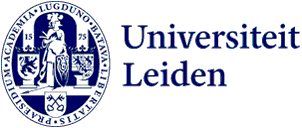
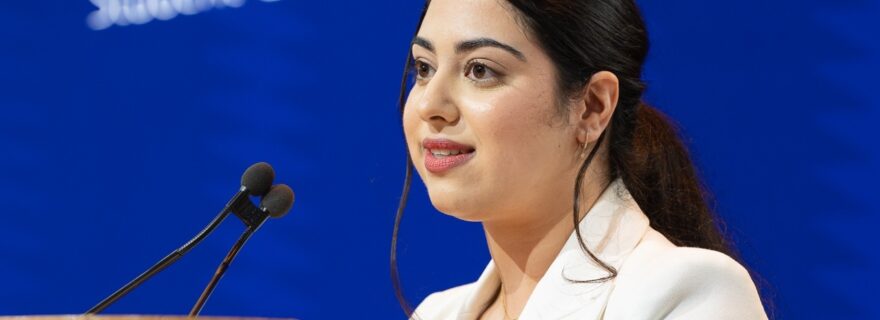
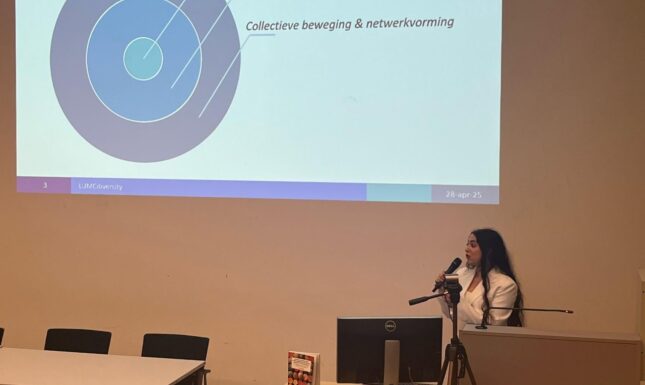
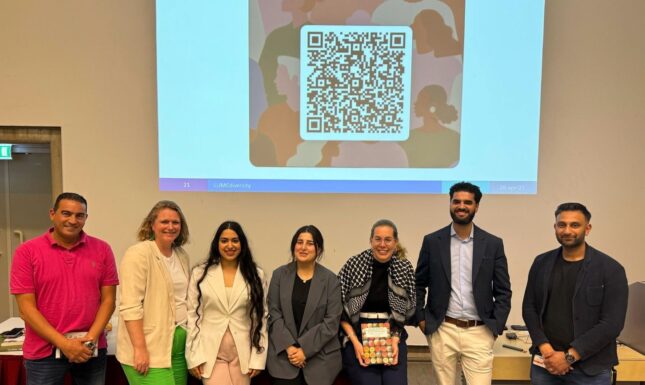
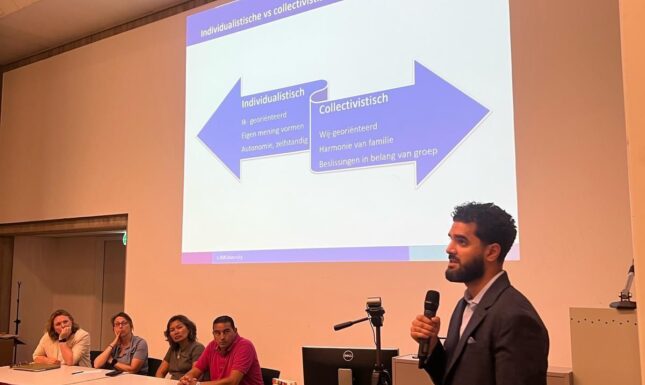
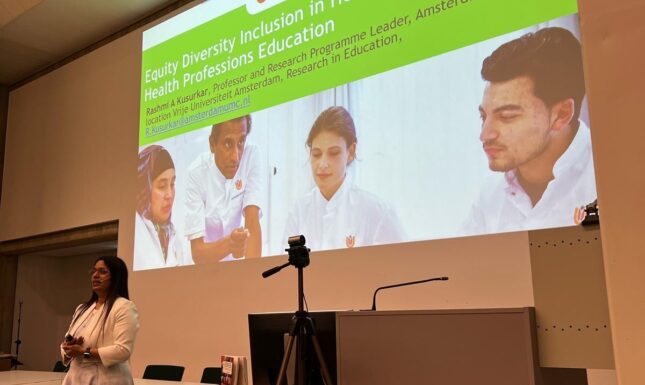
0 Comments